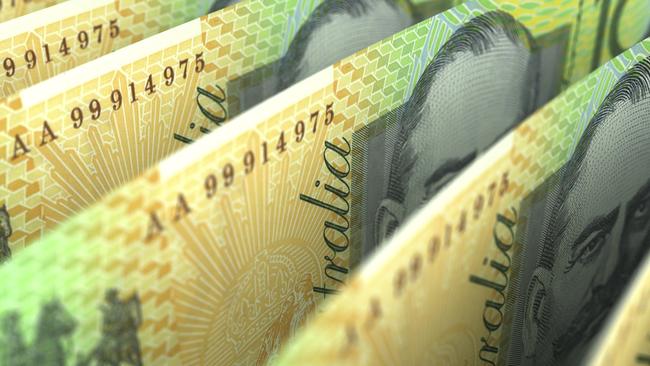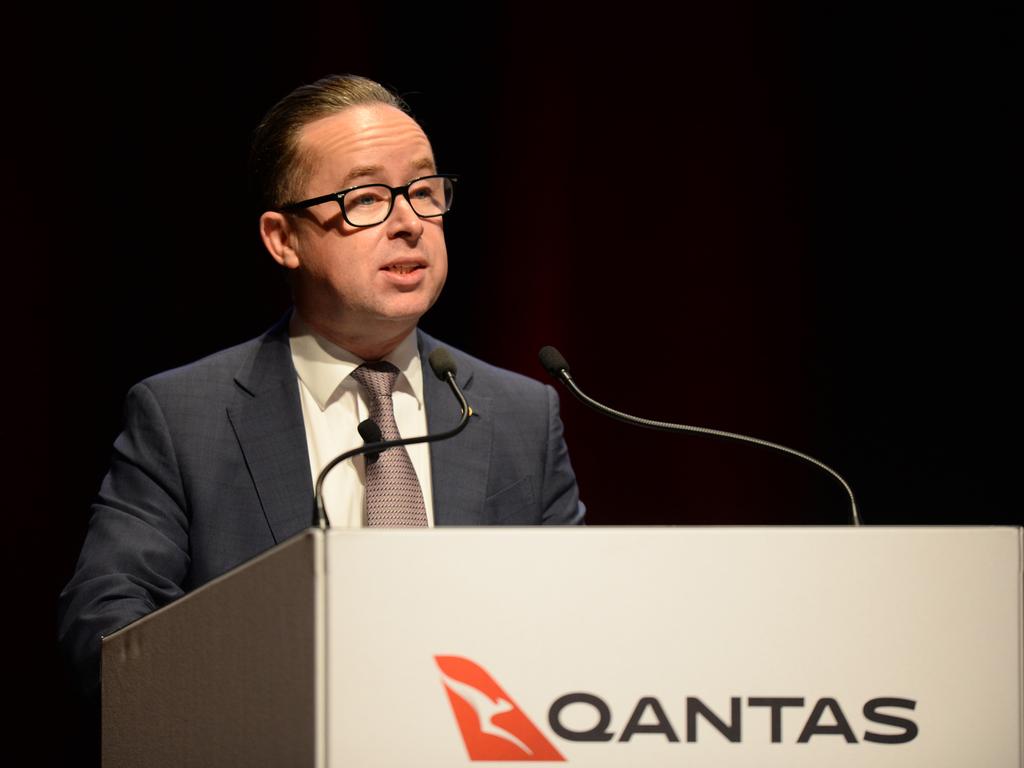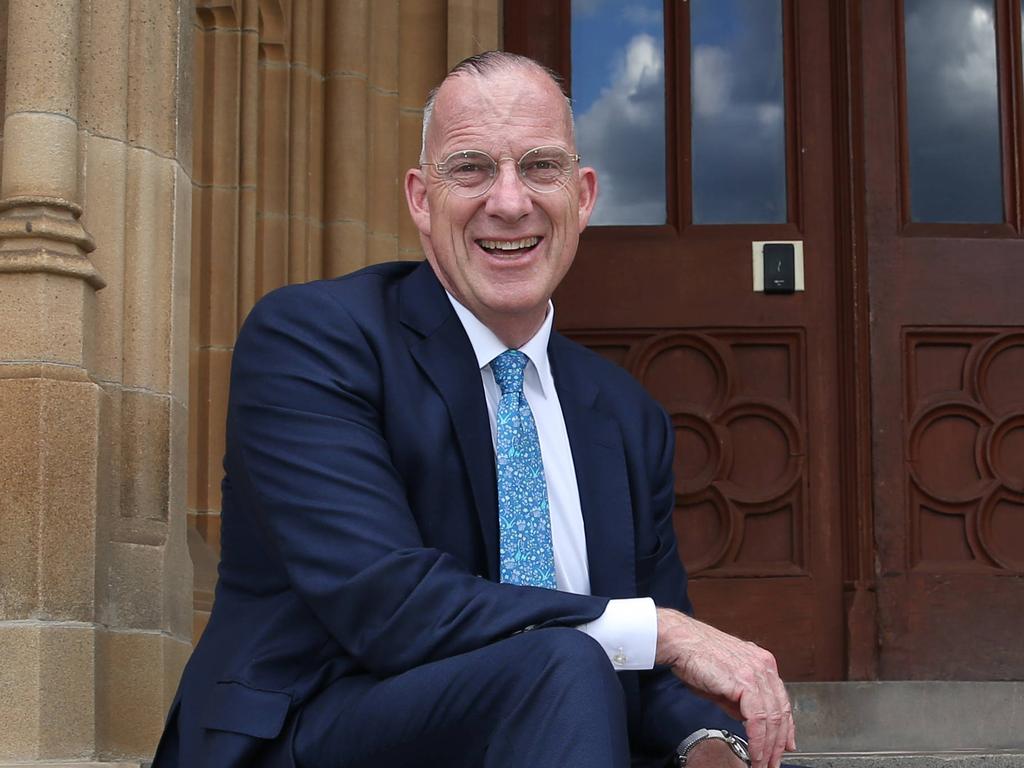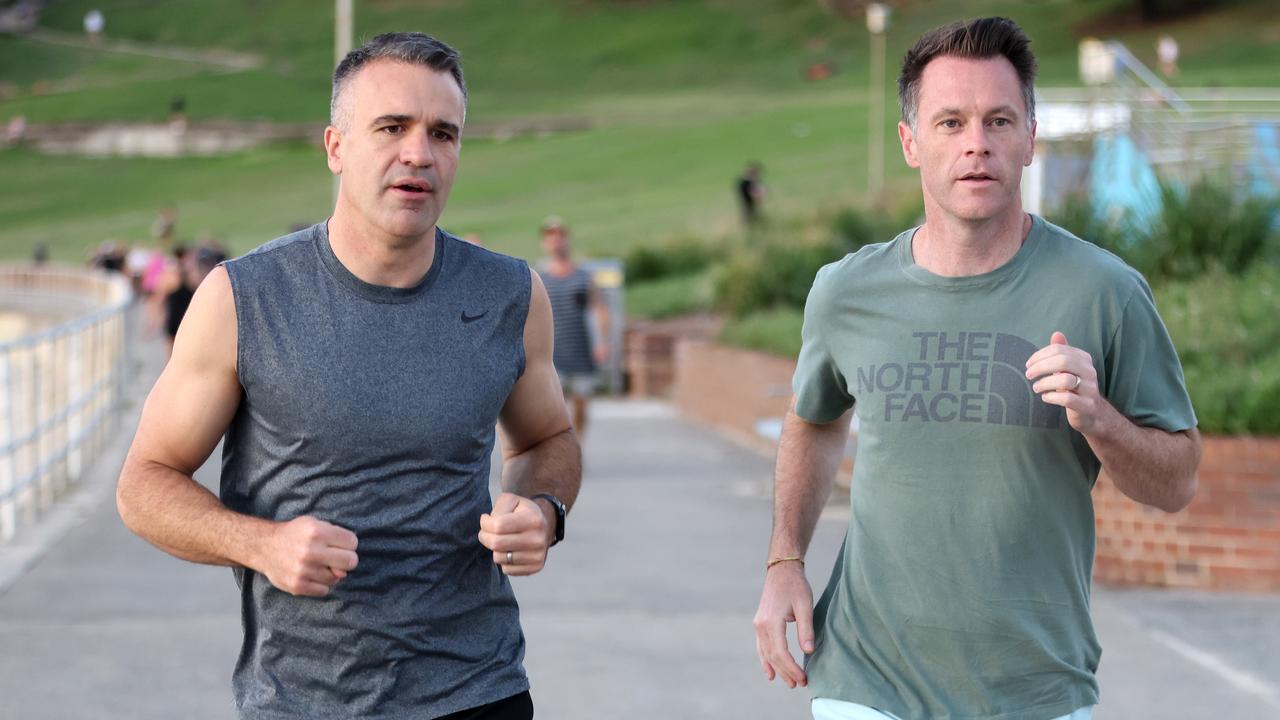Coronavirus: get ready for a big chill on wages
More Australian workers will have their pay cut or wages frozen as companies squeeze costs, leaving a trail of income stagnation.

More Australian workers will have their pay cut or wages frozen as companies squeeze operating costs, leaving a trail of income stagnation and wasted capacity as the nation emerges from the COVID-19 recession.
According to the Reserve Bank’s business liaison program, 30 per cent of surveyed companies have a wage freeze in place, with a further 25 per cent reporting they will be implementing a pause in the coming year.
The pandemic’s big chill on earnings is expected to be deeper and longer. With many high-paid workers taking a pay cut, salary reviews suspended and significant slack in the economy, the RBA said wage growth would be weak for years, with sub-2 per cent pay deals the likely new normal.
The last time 55 per cent of firms were reporting wage freezes was in September 2009, in the wake of the global financial crisis. A year ago, only 18 per cent of companies were telling the central bank they had instituted a pay freeze or were planning one.
“Substantial spare capacity, including high underemployment, is likely to keep wages growth and inflation low for a considerable period,” the RBA said in its quarterly statement on monetary policy, issued on Friday. The bank expects annual growth in the wage price index to slump to 1 per cent by mid-2021, and remain below 2 per cent over the next few years.
“Many firms have responded to the effects of the pandemic by freezing wages, and in some cases by imposing temporary wage cuts for some, mostly senior, staff. “Some planned wage increases have been deferred or reduced, including as a result of decisions by the Fair Work Commission and some government employers.”
Josh Frydenberg told The Weekend Australian that “the government will continue to do all that is necessary to create jobs and drive Australia’s economic recovery”.
The Treasurer said the government was providing unprecedented support to households and businesses, including the $101bn JobKeeper program and bringing forward of personal income tax cuts in last month’s budget.
“Thanks to our tax relief, millions of low- and middle-income earners will pay less tax, allowing them to spend more on what matters to them,” he said.
But Labor Treasury spokesman Jim Chalmers said the government was “presiding over the worst wages growth on record, even before the pandemic”.
“Never forget they said stagnant wages were a ‘deliberate design feature’ of their economic policy. Without a good enough plan for jobs and the recovery Australians will snap back to more of the same stagnant wages,” Dr Chalmers said.
However, Australian Industry Group chief executive Innes Willox said low wage growth was critical to a recovery in employment. “At the same time we need to ensure that aggregate demand also grows,” Mr Willox said.
This is more efficiently achieved through tax cuts and government expenditure than by wage increases.
“We can only expect to see higher levels of wages growth once the economy has stabilised and is growing, as well as seeing real productivity growth.
“We can’t wish for wages growth. We have to work for it.”
Wage cuts and freezes reported by firms via its outreach program have fed the RBA’s grim view of income and prices growth during the course of the pandemic.
According to emails disclosed this week under freedom of information laws, RBA officials in August said they feared “private sector wages growth is expected to decline materially in coming quarters as an increasing proportion of firms implement wage freezes, cuts or below average wages growth outcomes relative to the previous year”.
“Further, reports of deferring pay increases and annual salary reviews have continued,” the emails read.
At the time, according to the RBA’s Perth-based economist Paula Gadsby, the liaison survey showed 35 per cent of firms were freezing or cutting wages, up from 10 per cent in 2019, while 36 per cent reported expectations of “below average” wage rises in the year ahead.
The Australian Bureau of Statistics this week reported growth in the wage price index slowed to 0.2 per cent in the June quarter, to be up 1.8 per cent in the year — the slowest growth rates on both measures on record.
According to Commonwealth Bank internal data capturing wages and salaries paid into accounts, the pre-coronavirus annual average growth in total pay was running at 4 per cent. During the pandemic it has plummeted to about 1 per cent and CBA economists forecast wages growth across the economy at that rate over 2021.
By June the RBA expects wage growth to trough at around 1 per cent and pick up only gradually to 1.75 per cent by the end of 2022. The RBA said nominal wage-setting norms and inflation expectations could become anchored at lower levels than seen before the pandemic.
“It is also possible that the widespread imposition of wage freezes, combined with a prolonged period of labour market slack, embeds a norm for wage increases that is below 2 per cent,” the RBA said.
But in the other direction, officials said “shortages in skilled labour and supply constraints in some parts of the economy could add more to wage and price pressures than currently expected”.
The RBA expects unemployment to peak at 8 per cent this quarter; it will be no lower than 6 per cent by the end of 2022.







